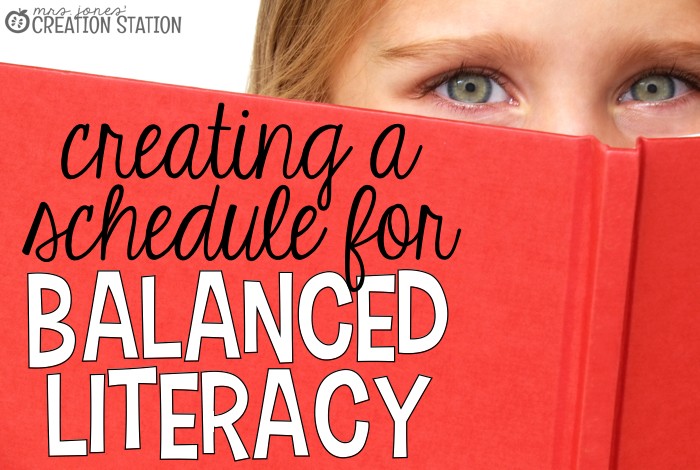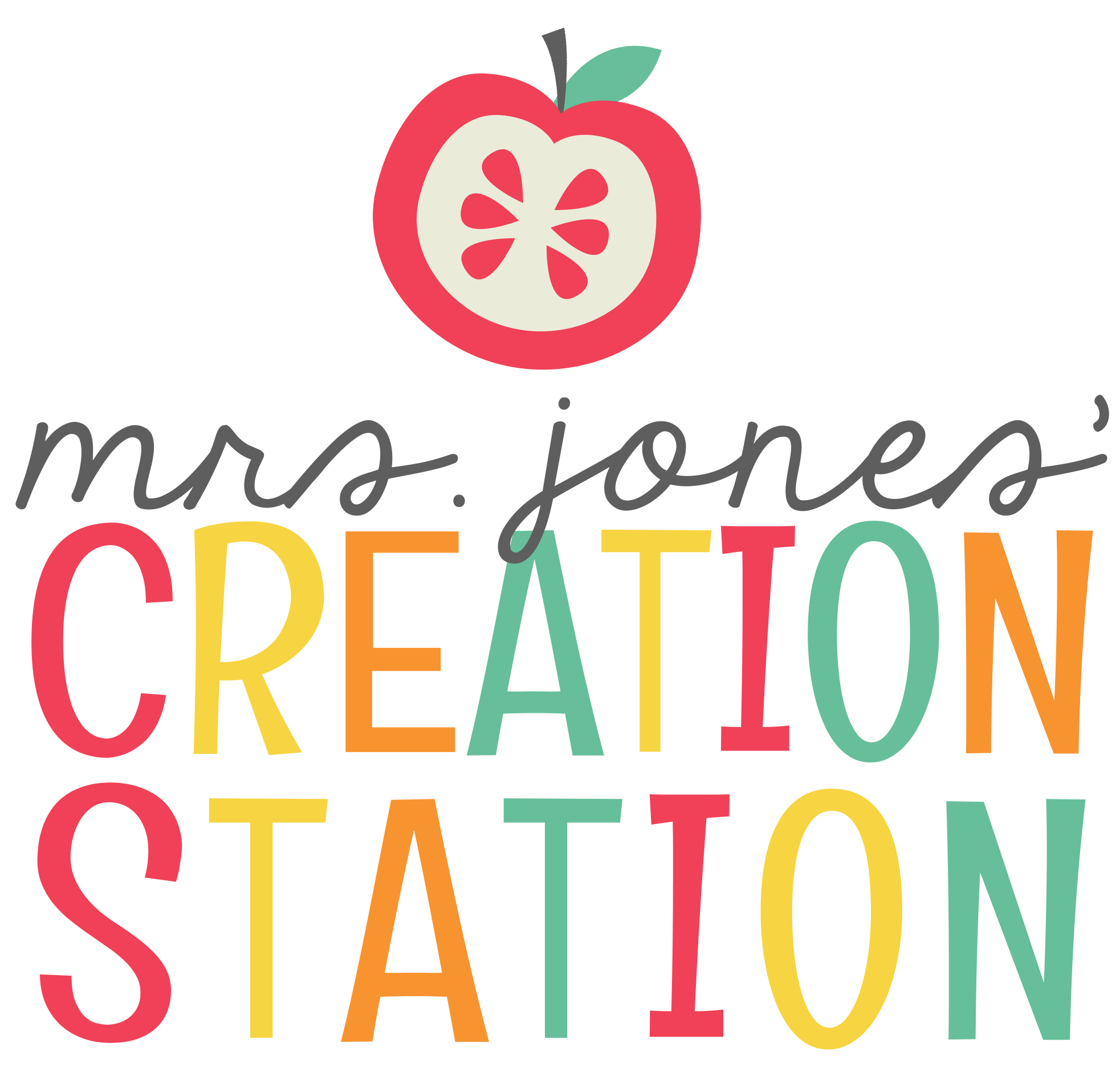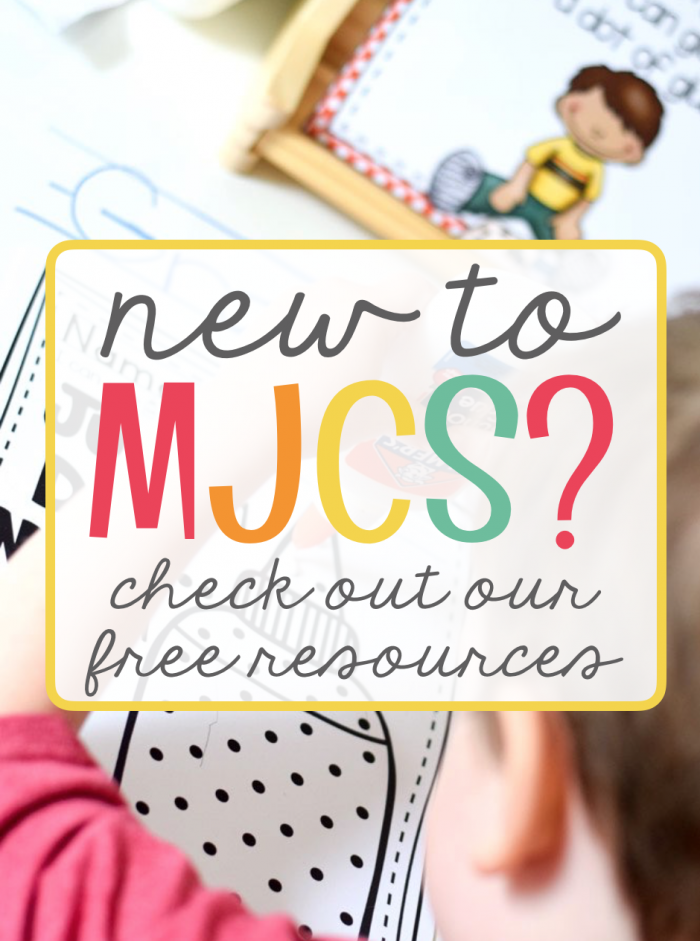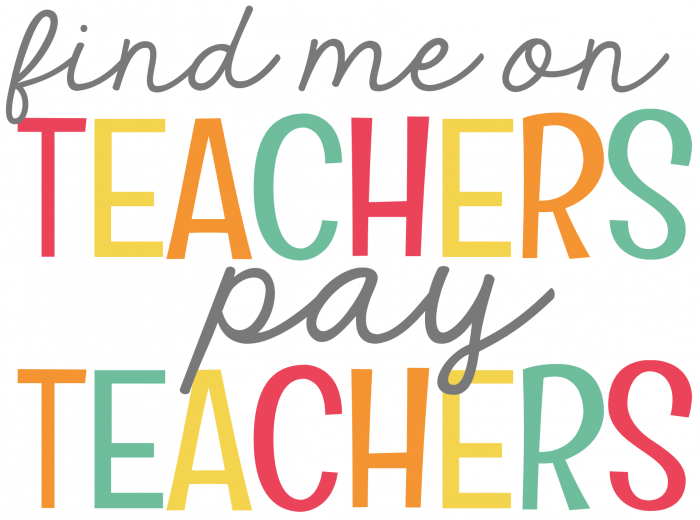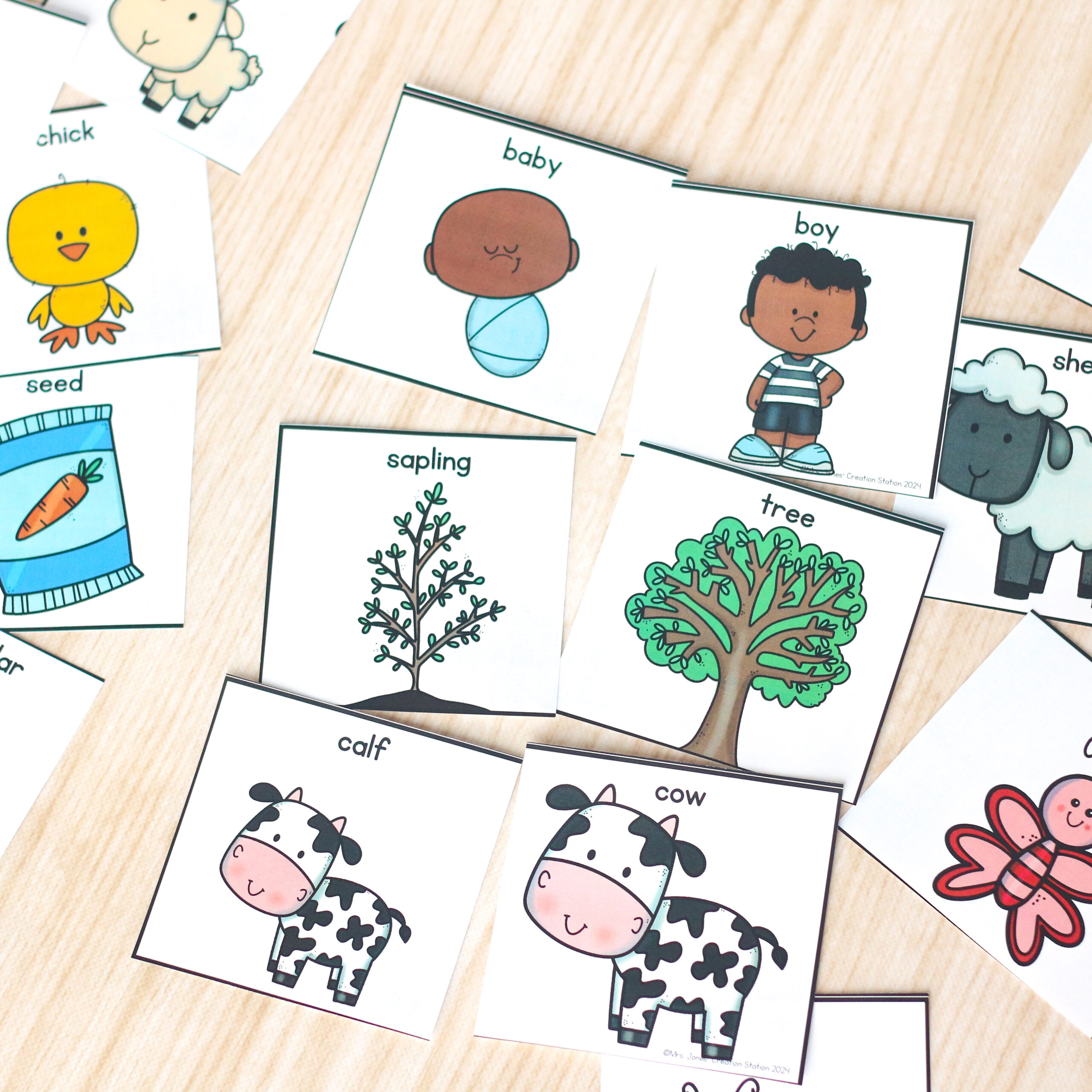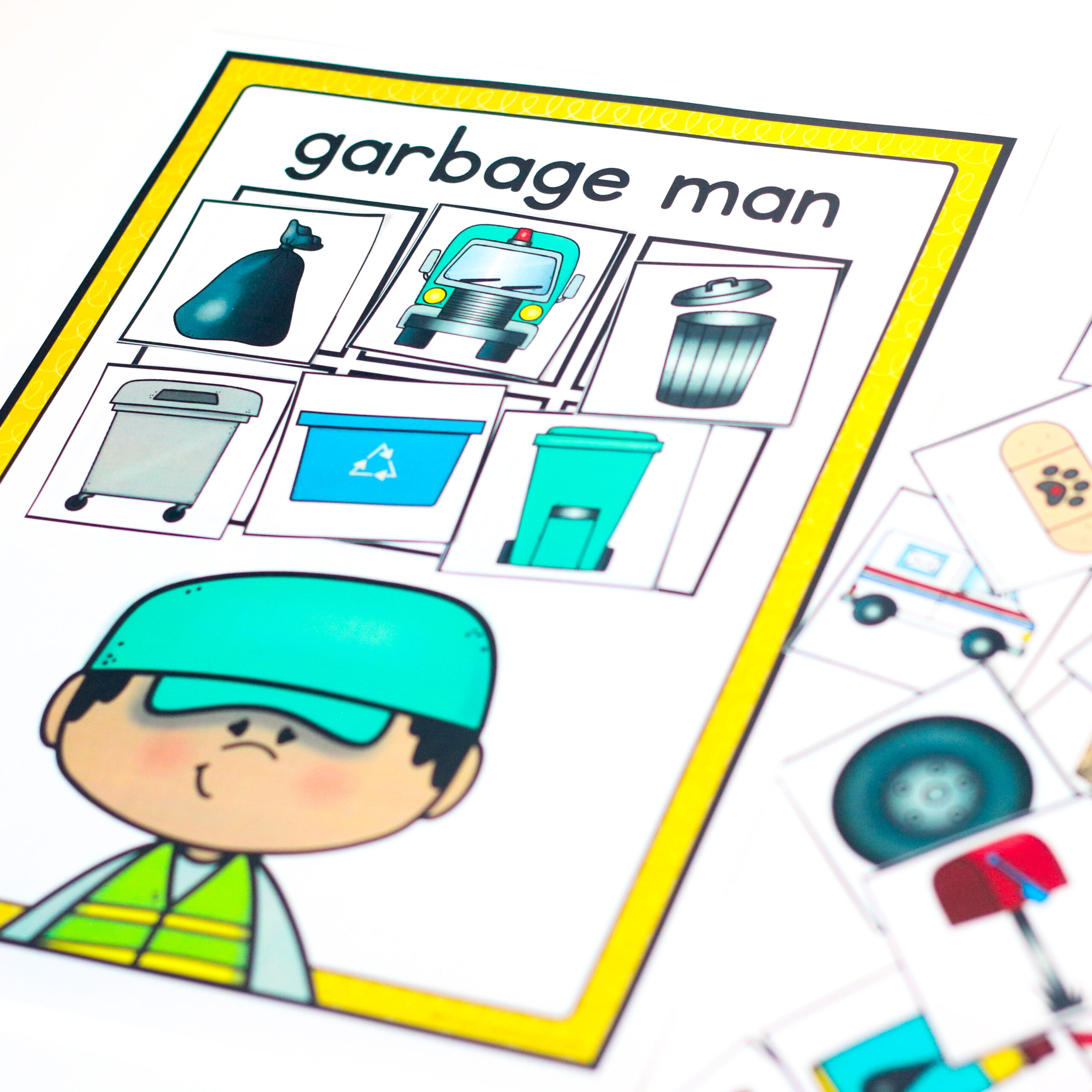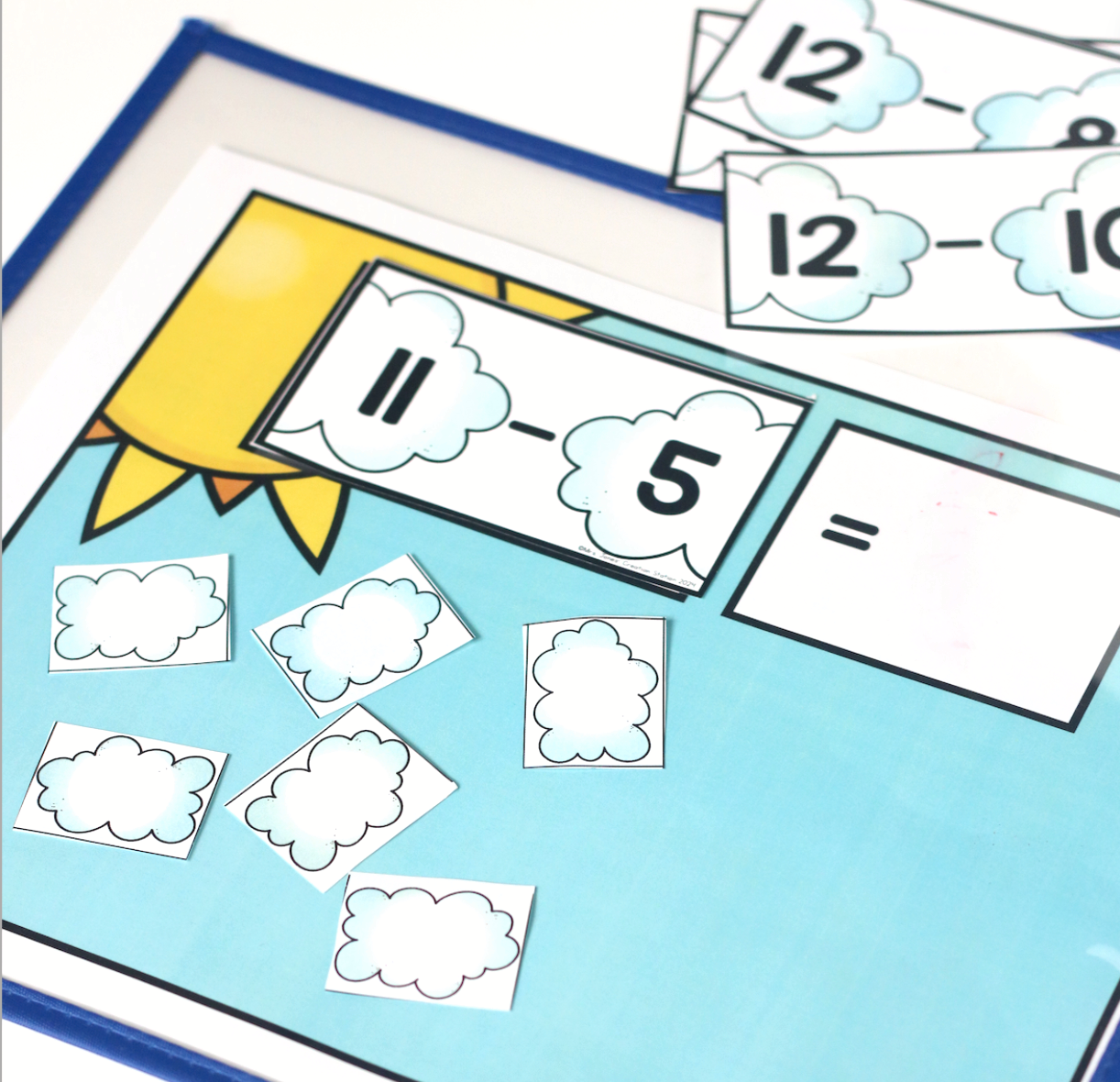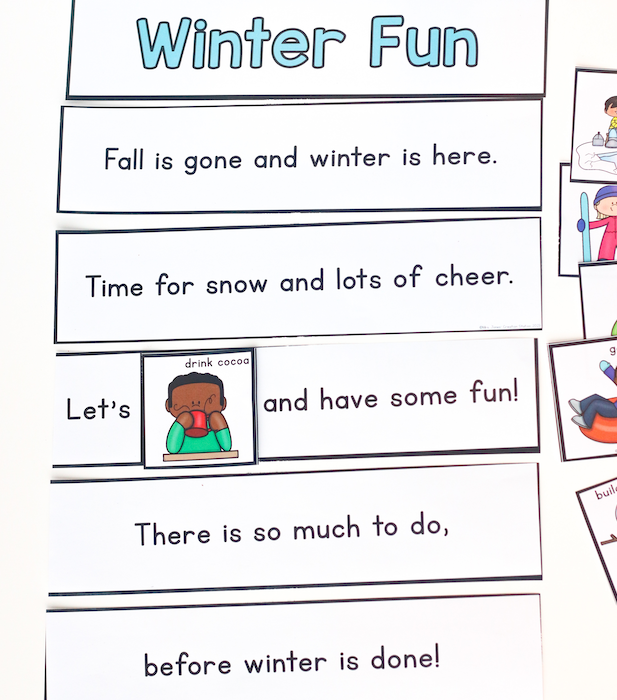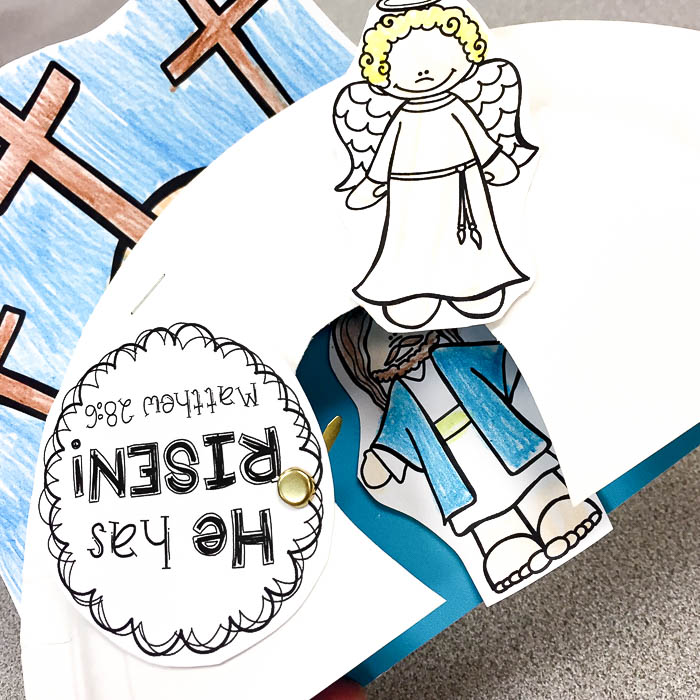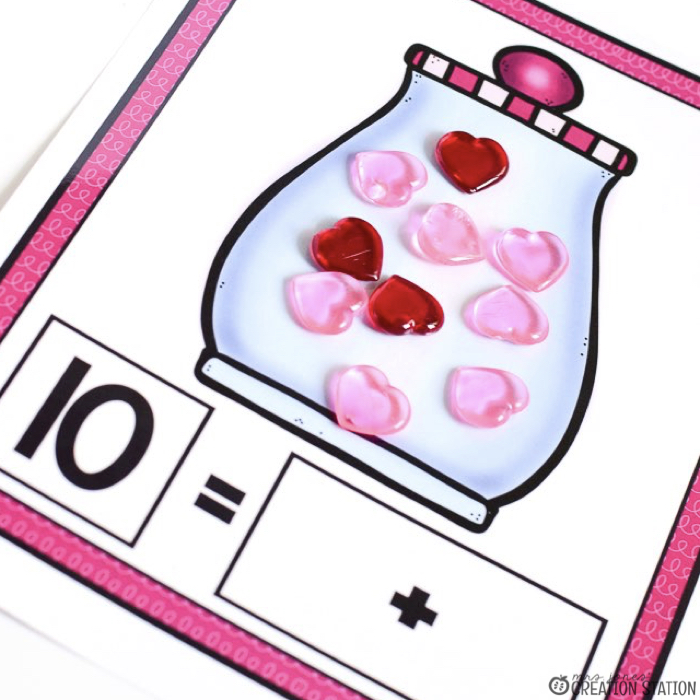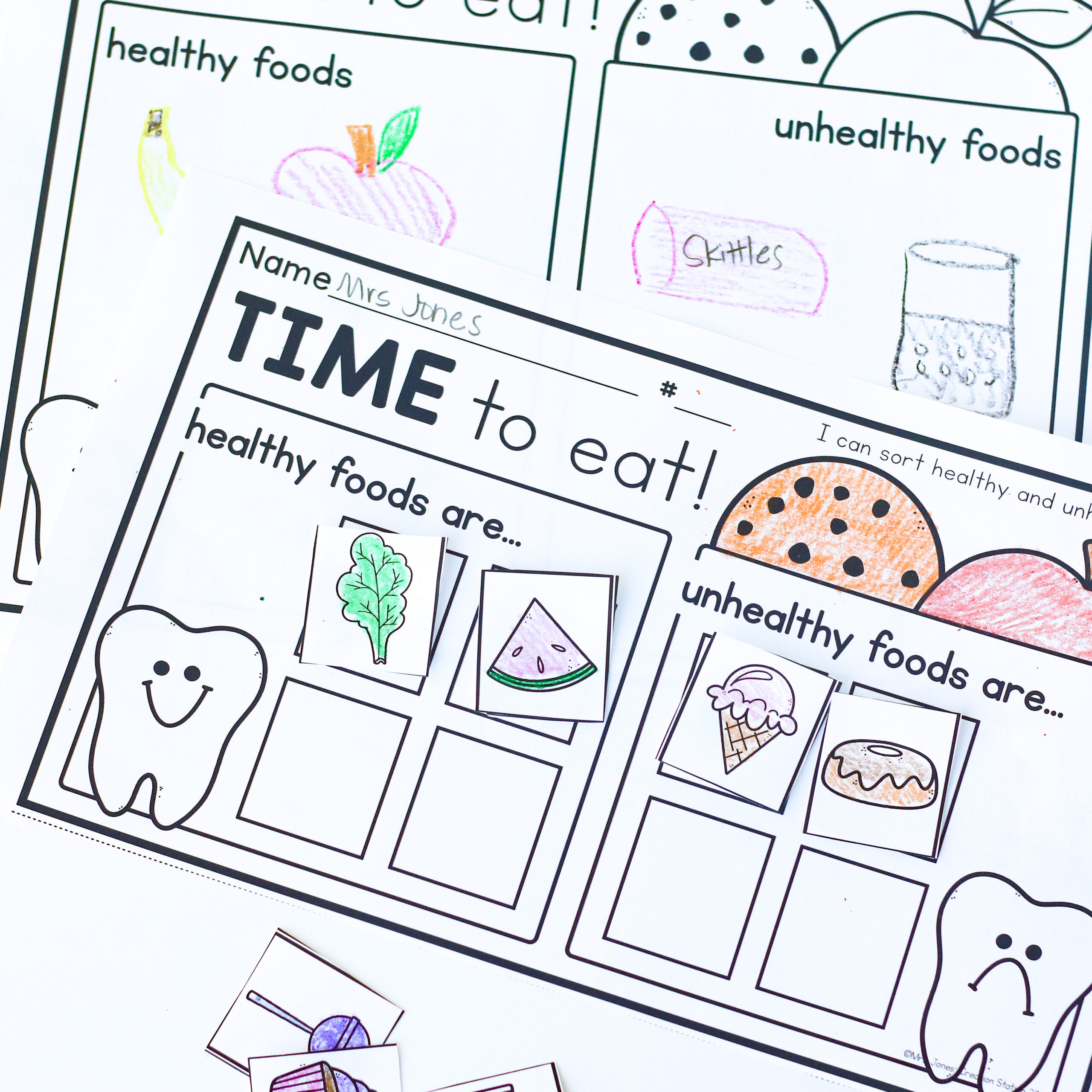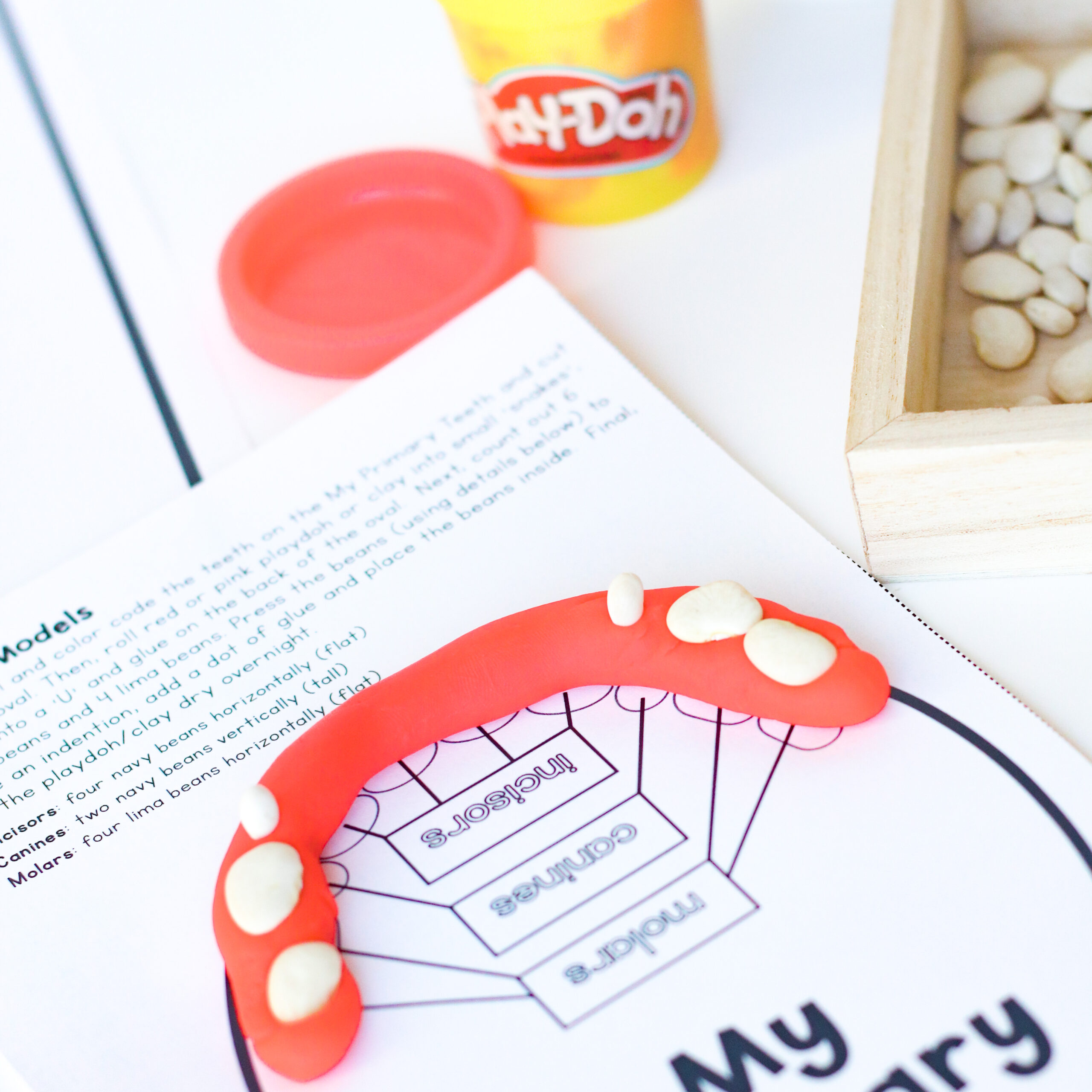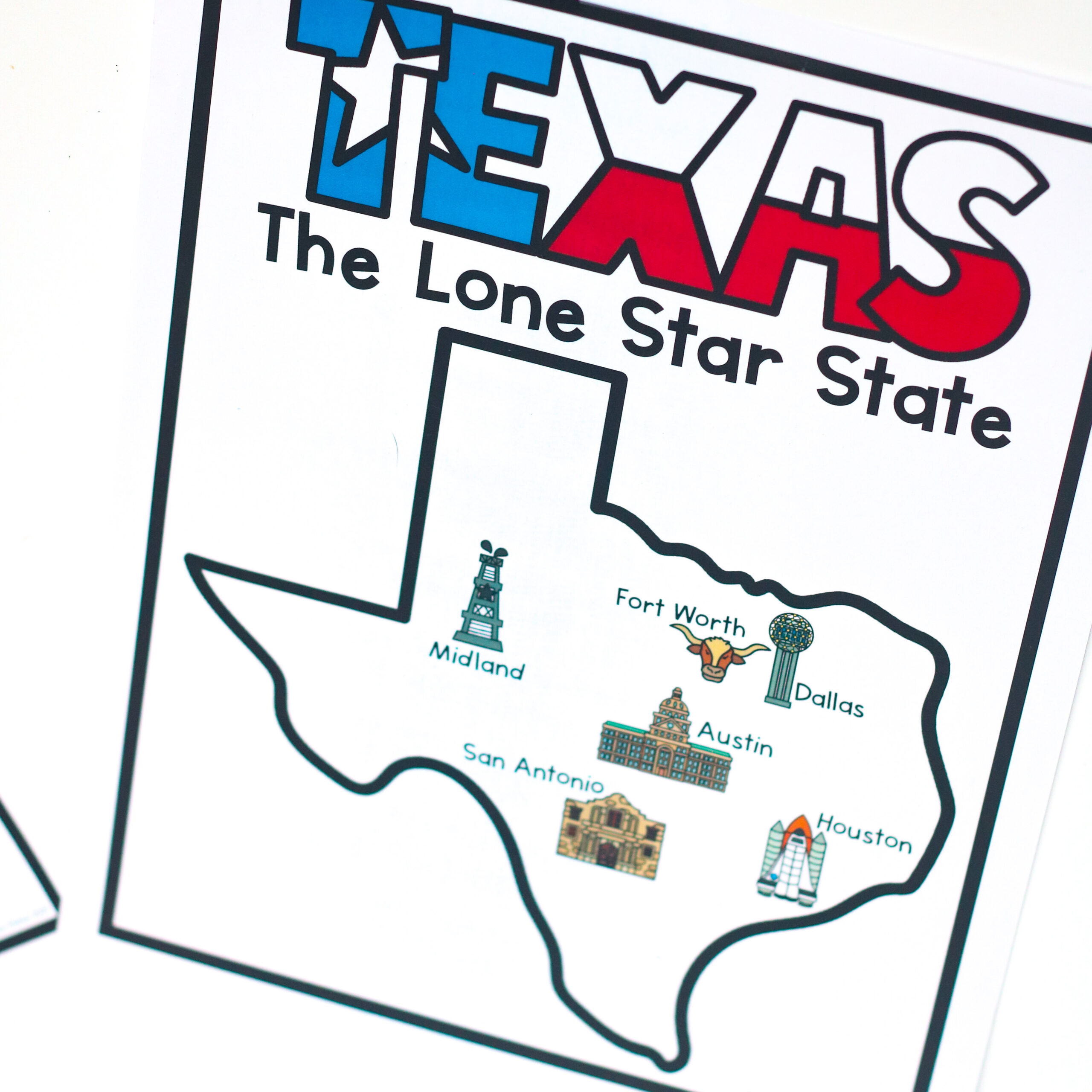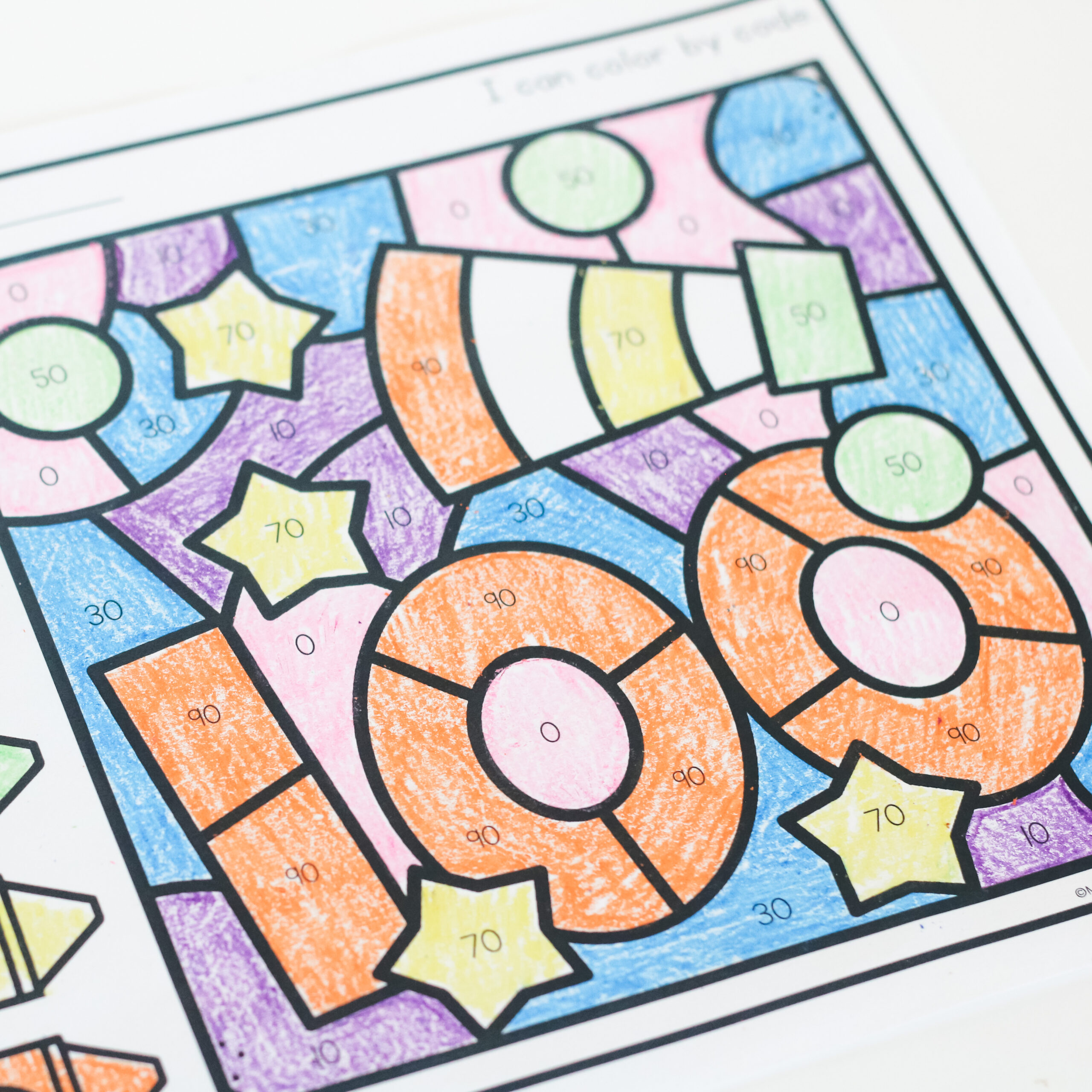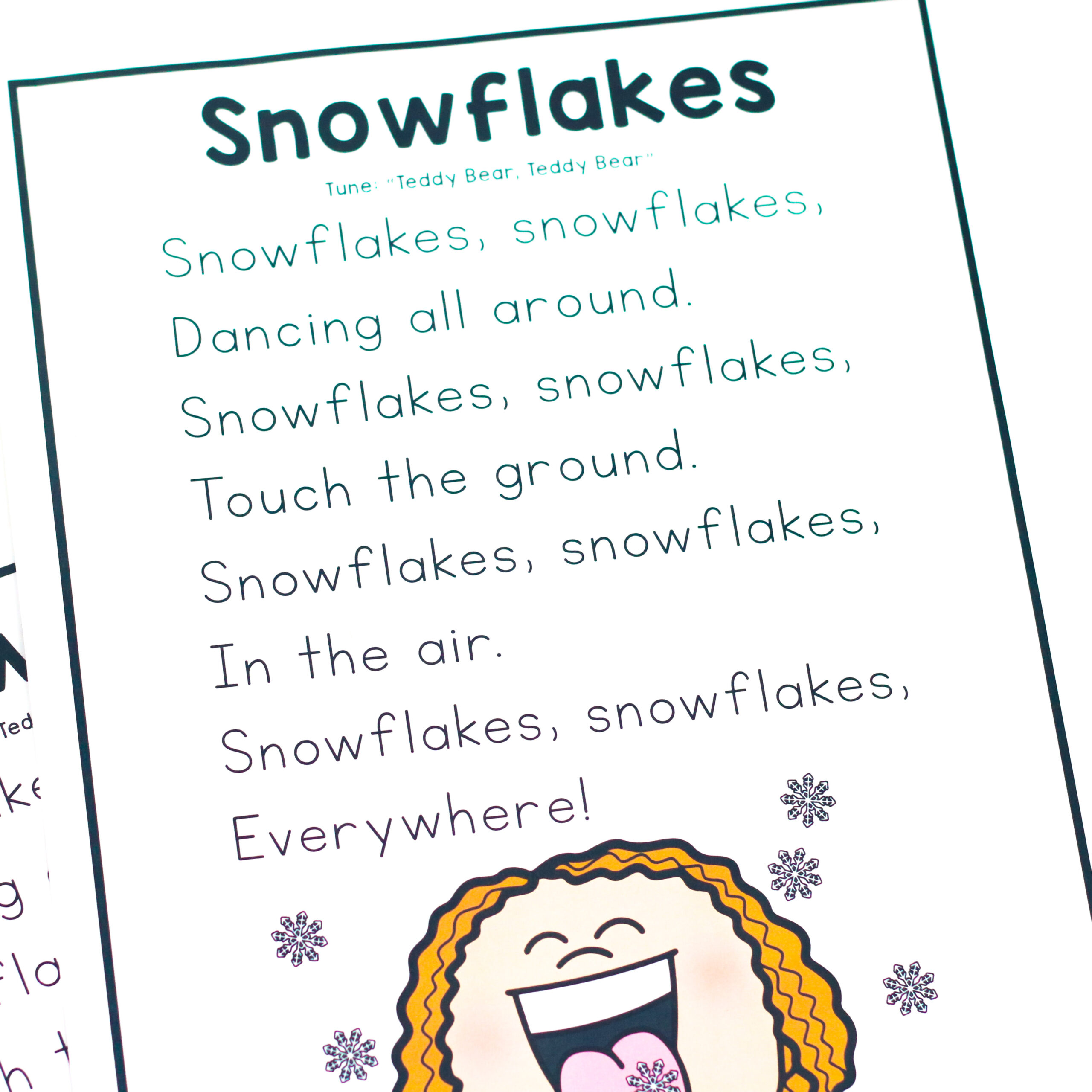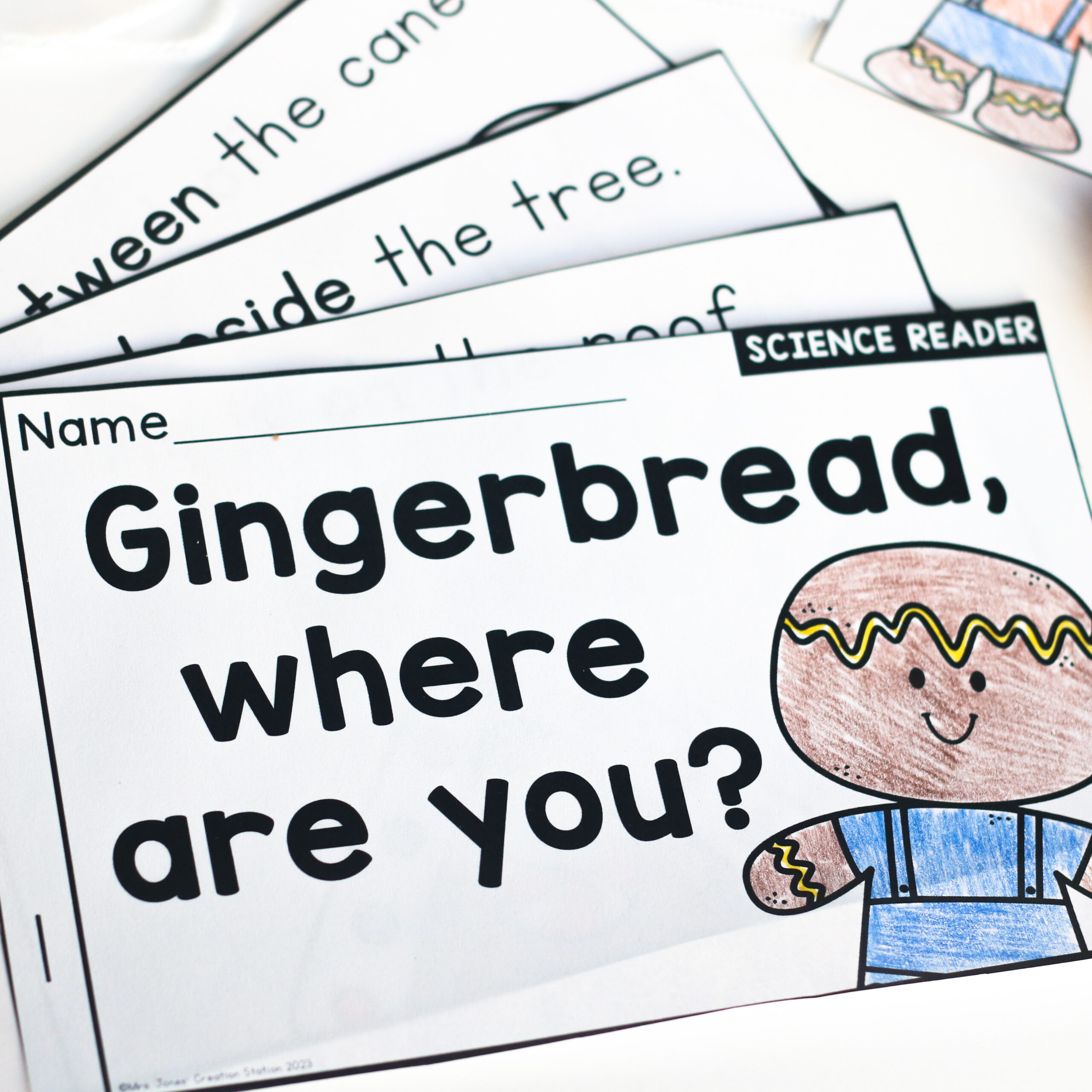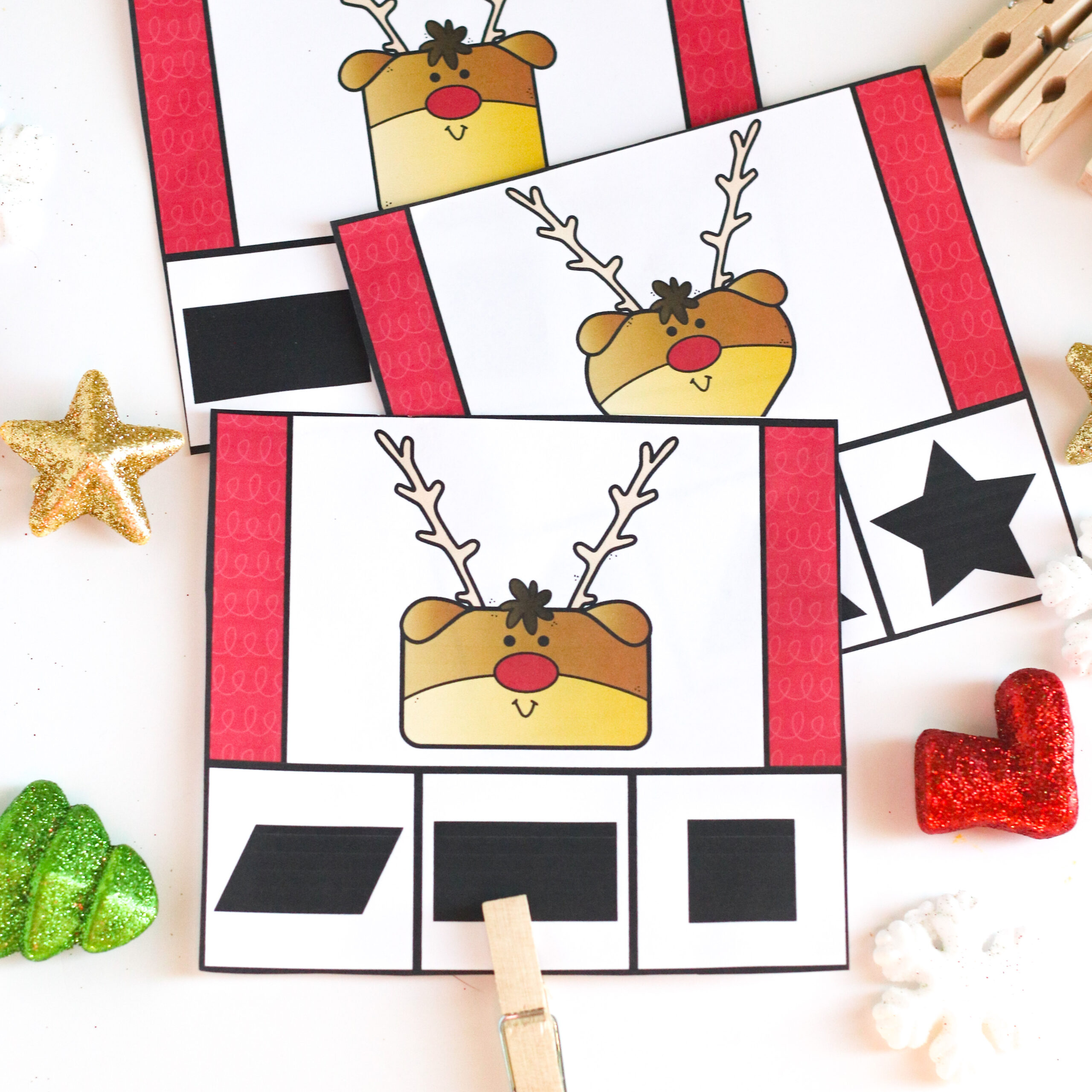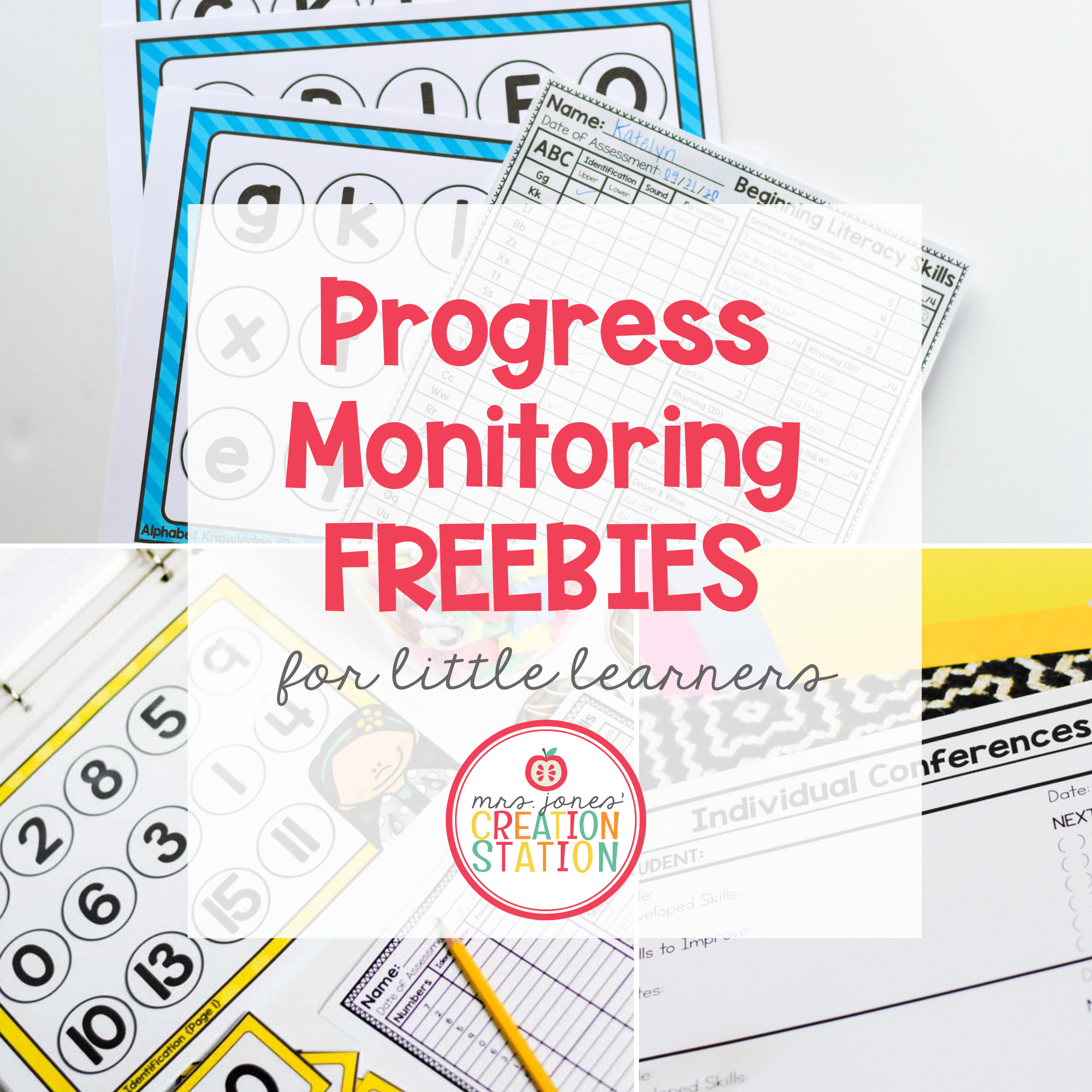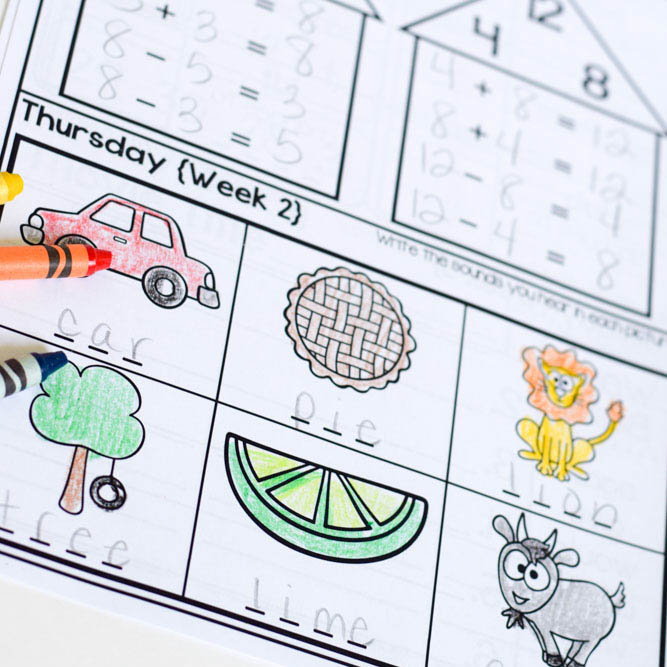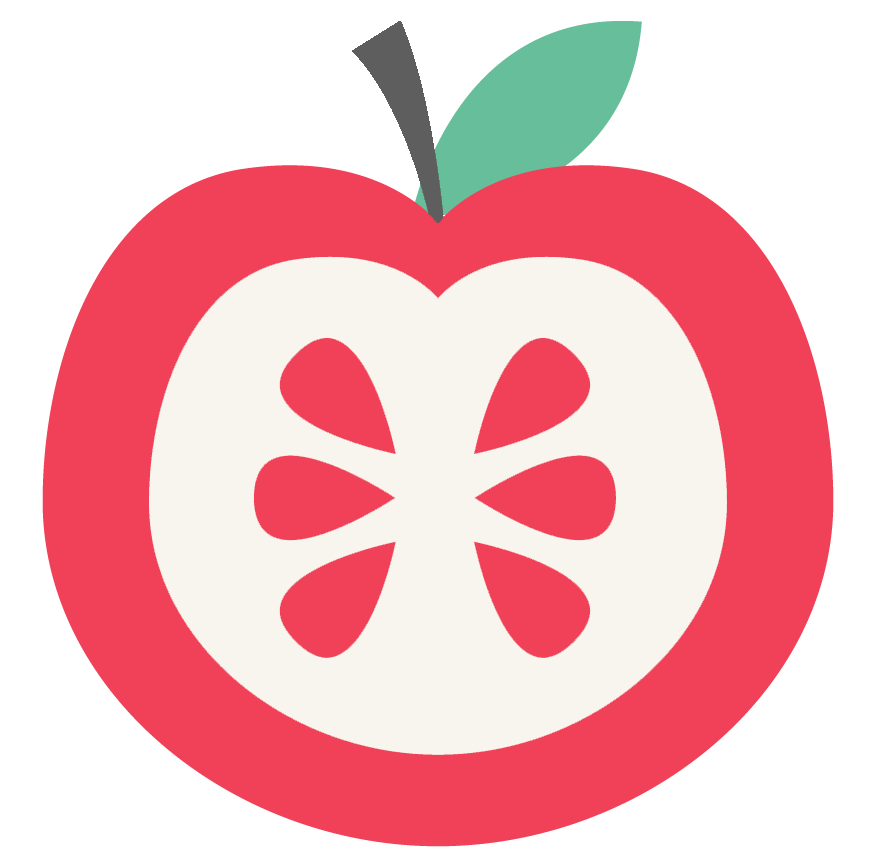Balanced literacy has been around for a while and was a method of instruction I was drawn to most in college. I am a huge fan of providing my learners with a variety of opportunities to learn, practice concepts and skills. Balanced literacy does just that.
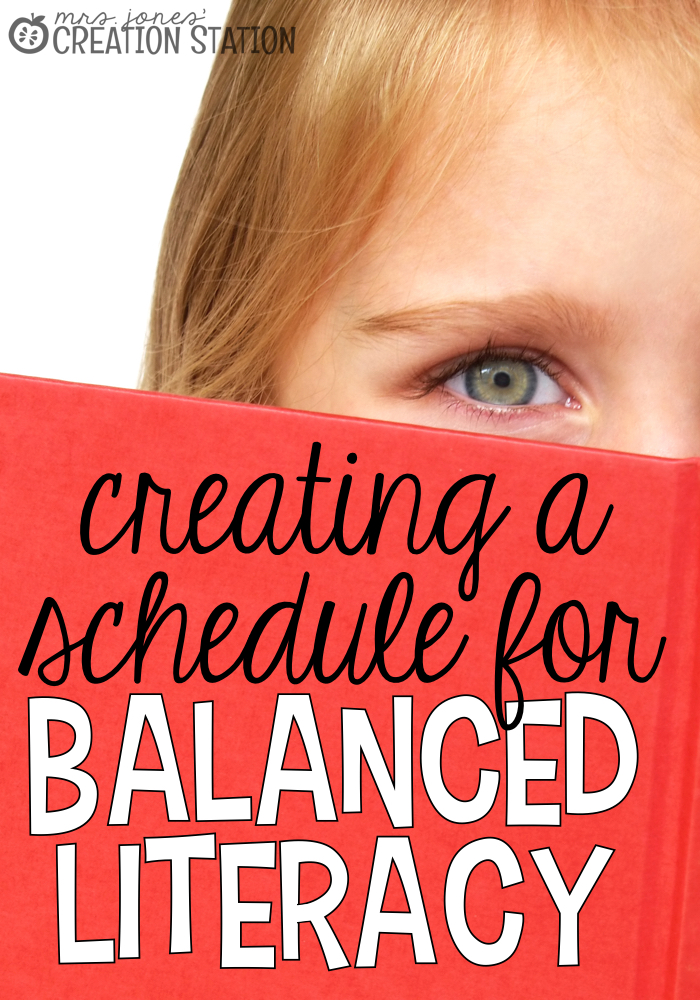
The Gradual Release Model
The “I do, We do, You do” approach that is needed for balanced literacy helped my students learn and implement new skills easily. However, that was only possible because of our literacy mini-lessons.
What is a mini-lesson? A mini-lesson is a short lesson that focuses on a specific skill or concept. For example, if we are learning about consonant digraphs I might plan a mini-lesson to teach or compare the /ch/ and /c/ sounds.
Trying to fit in all the components of balanced literacy into a literacy block while keeping little learners engaged can be tricky. Mini-lessons throughout a literacy block allow you to plan the lessons needed to create an engaging and successful balanced literacy classroom. Let’s take a look at a literacy schedule with mini-lessons, guided reading and literacy stations working together. It can all be done in two short hours!
{8:00-8:15} Morning Work
{8:15-8:30} Circle Time (Mini-Lesson #1)
{8:30-8:45} Rotation #1 (Guided Reading/Stations)
{8:45-9:00} Phonics (Mini-Lesson #2)
{9:00-9:15} Rotation #2 (Guided Reading/Stations)
{ 9:15-9:30} Read Aloud (Mini-Lesson #3)
{9:30-9:45} Rotation #3 (Guided Reading/Stations)
{9:45-10:00} Writing (Mini-Lesson #4)
{10:00-10:15} Rotation #4 (Guided Reading/Stations)
The Break Down
In these 2 hours you are able to incorporate all the balanced literacy components. You also have a schedule that allows students to be on the move, keeping their bodies and brains engaged!
I want to focus on the mini-lessons and how those 10-15 minute lessons are set up. First, you would begin by having your learners clean up the activity they are currently in. My students knew to listen for a bell or to listen for a song. This told them to clean up their activity, put their folder on their desk and go to the carpet for our mini-lesson.
If I played a song, either I or a student would lead the song with a flipchart, poster or book that it went along. This was a great way to get in extra practice with sight words, vowels sounds, or other skills during transition time.
The Mini Lesson
Once everyone is at the carpet the mini-lesson would begin. During circle time, we read and complete our morning message or shared reading together. For phonics and word work mini-lessons, we make words on a pocket chart (sometimes the students will be at their desk rather than the carpet for this mini-lesson).
Next, is a read-aloud that focused on a specific skill or reading strategy (looking for rhyming words, making predictions, identifying main character, etc.) The final mini-lesson is our shared writing time. This can include either a predictable chart or an interactive writing story we complete together throughout the week.
I also use mini-lessons to reinforce any procedures. For example, if my learners were not completing stations as they were instructed, this mini-lesson would be used to reteach the station or skill.
Having the time dedicating in your classroom to meet together between rotations and guided reading time has many benefits! It not only allows your learners the chance to refocus on skills and concepts, but also provides you a chance to refocus on your learners. Being able to check in with students as you head to the carpet for a mini-lesson will let them know how much you care, and this structure provides that time for you.
So, as you plan your class schedule this year, are you allowing time for balanced literacy? Will you being doing shared writing, shared reading, read alouds, interactive writing, independent reading/writing and guided reading/writing with your learners? And, finally do you have mini-lessons in your schedule to help make it all possible? I hope that you do and if you have any questions about how to manage and setup a balanced literacy classroom please fill free to ask in the comment below.
